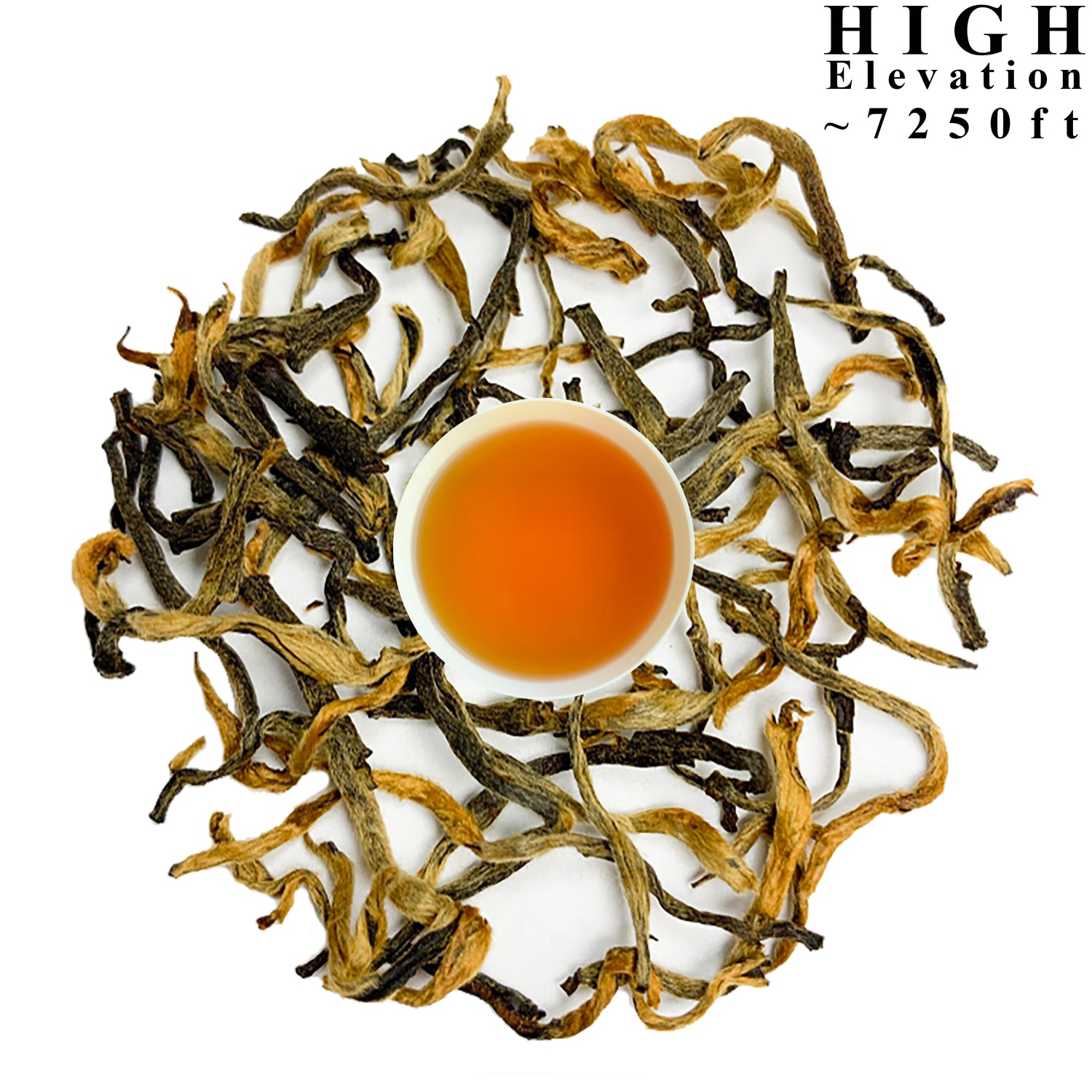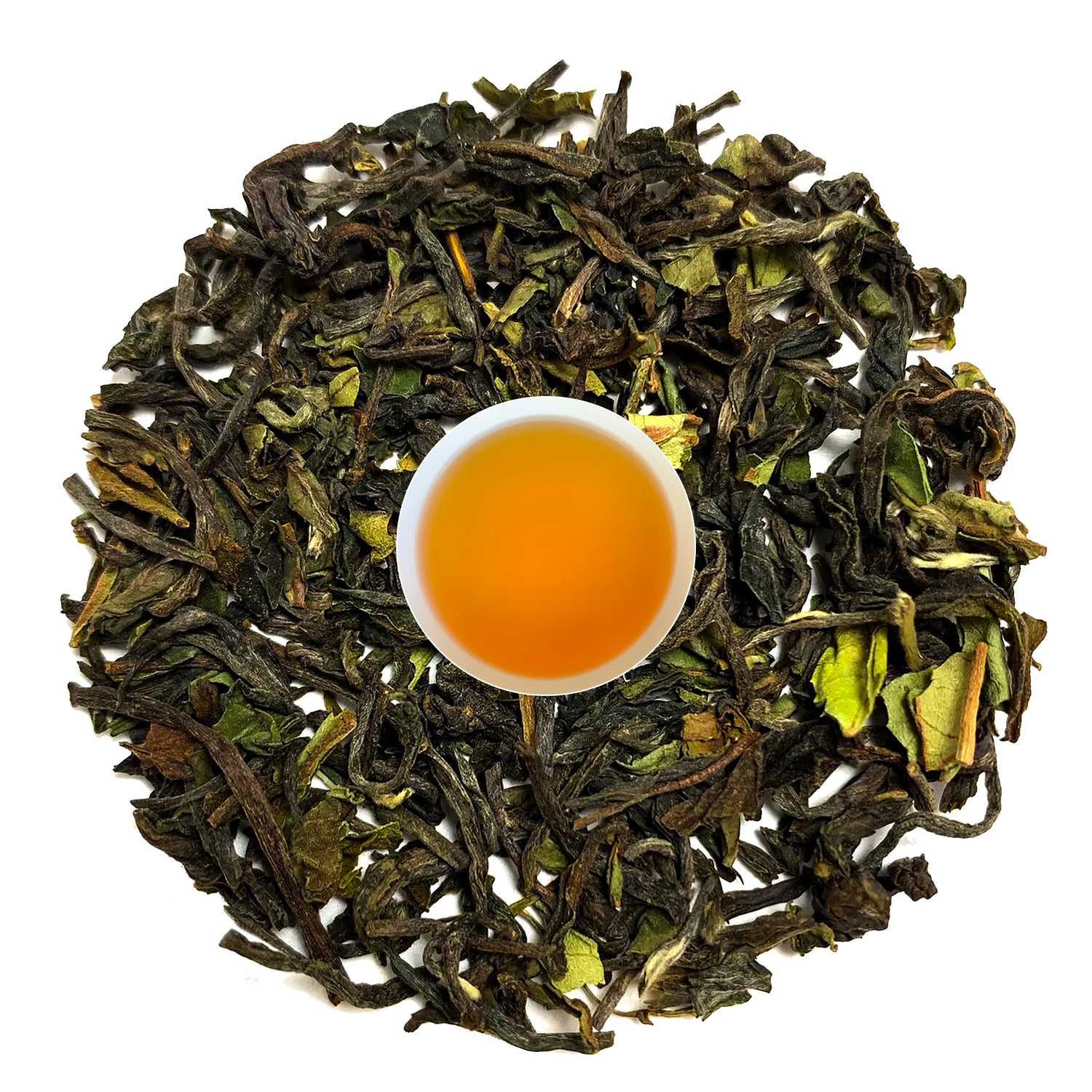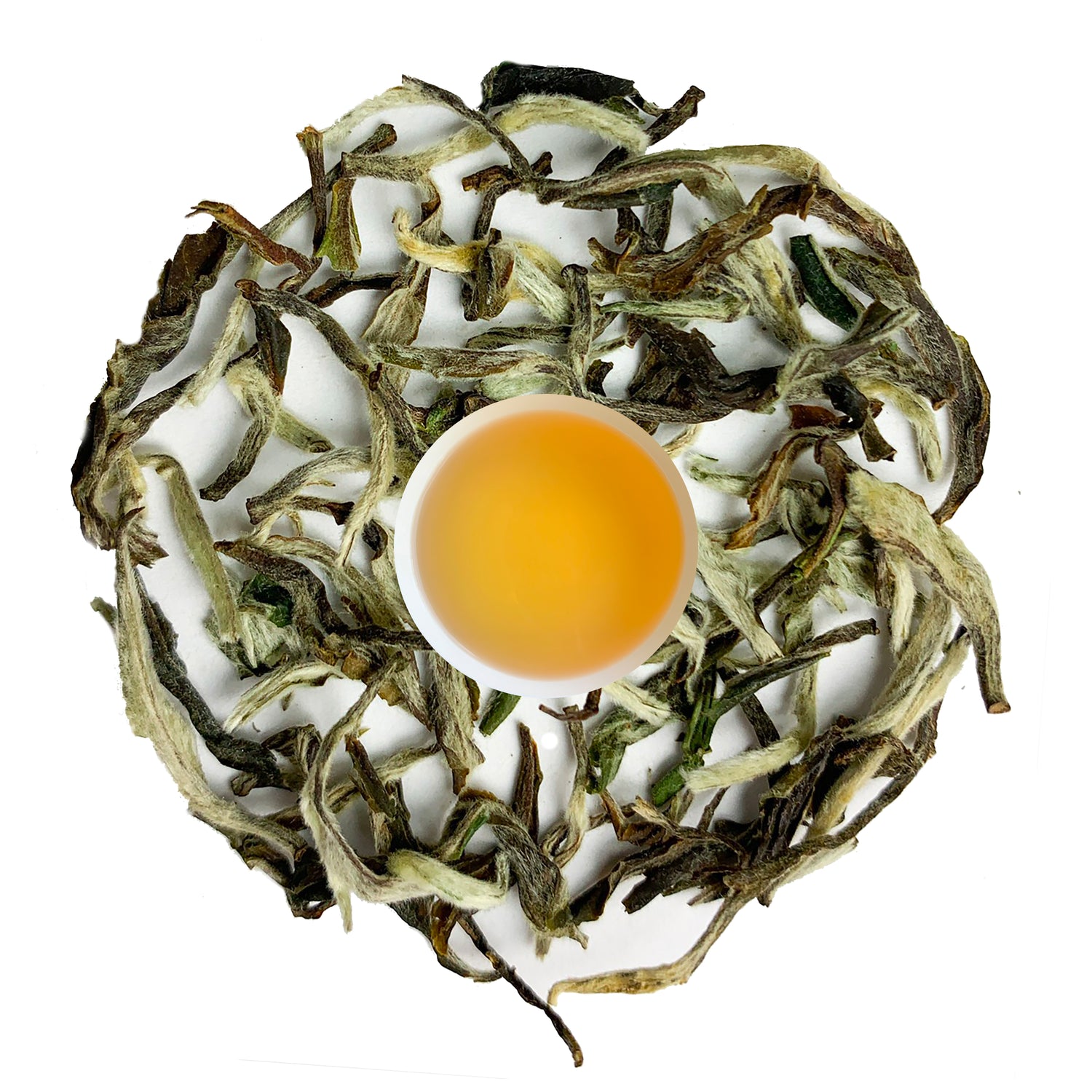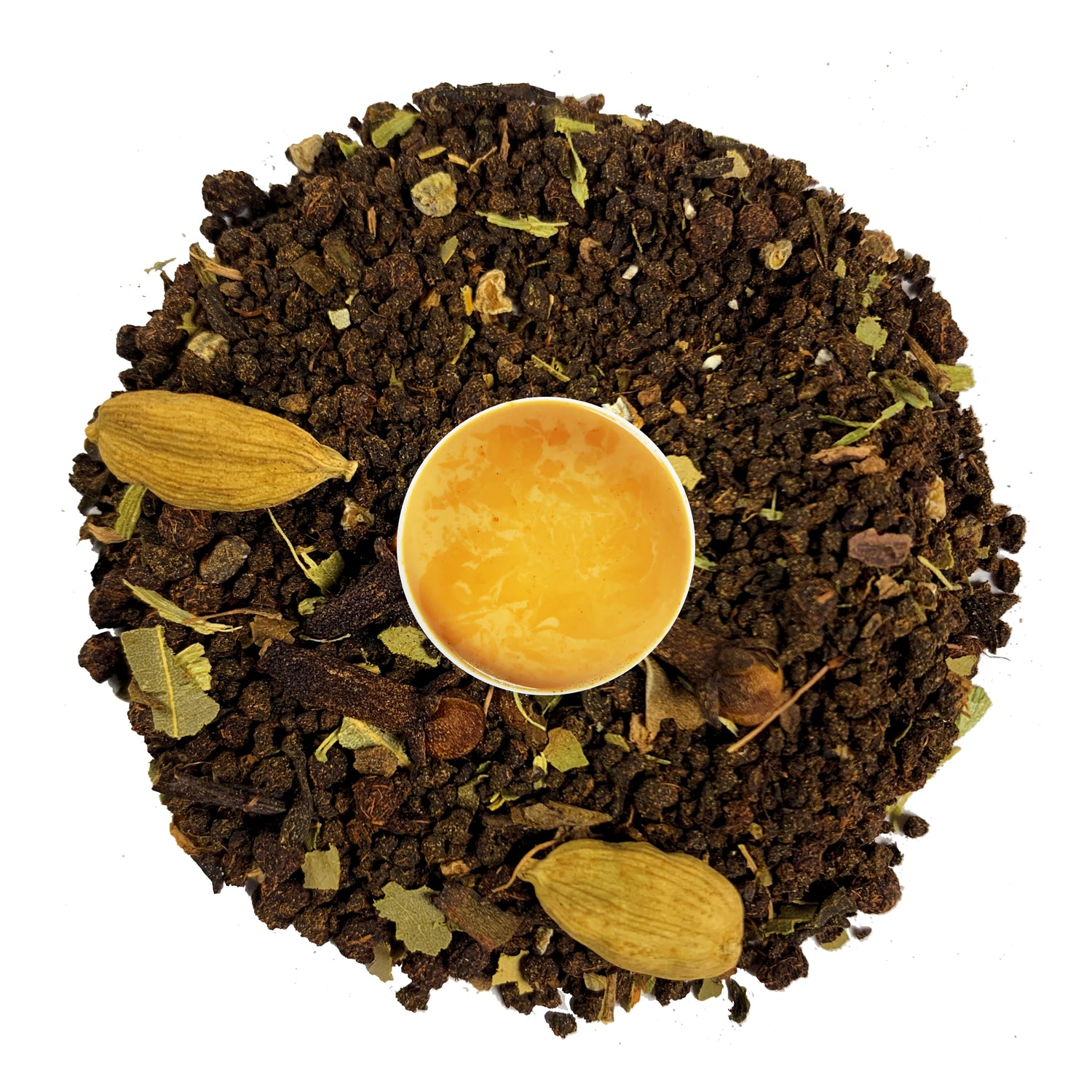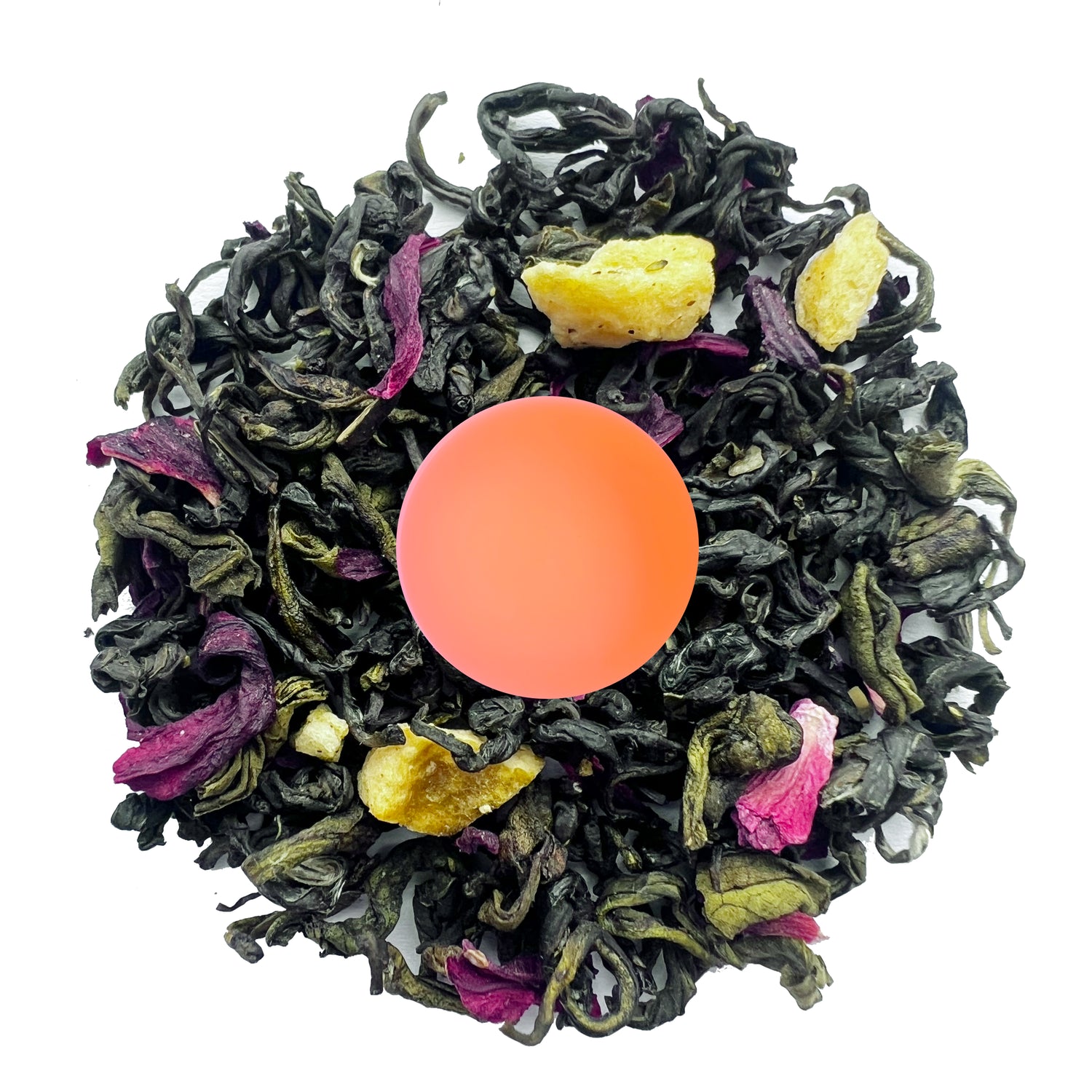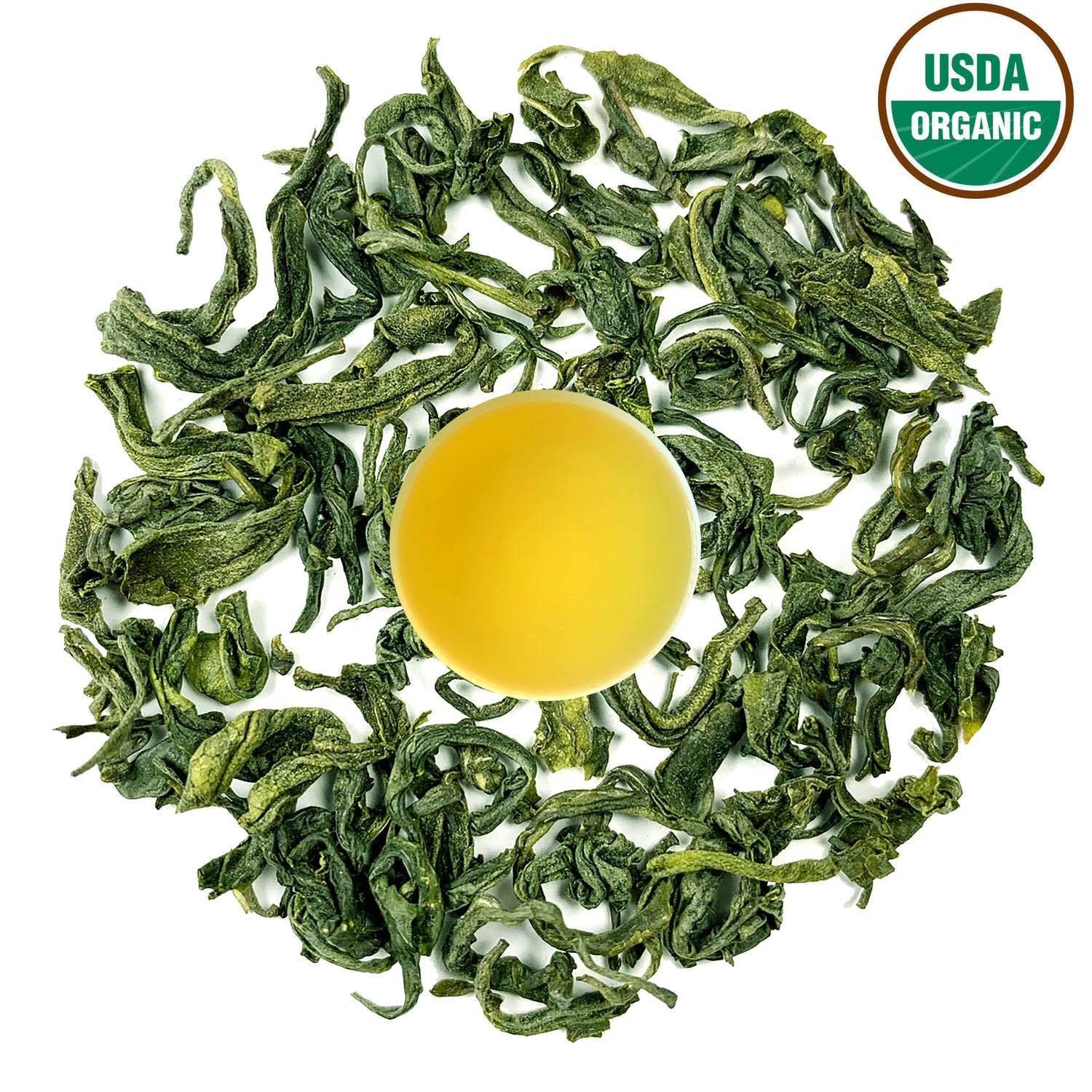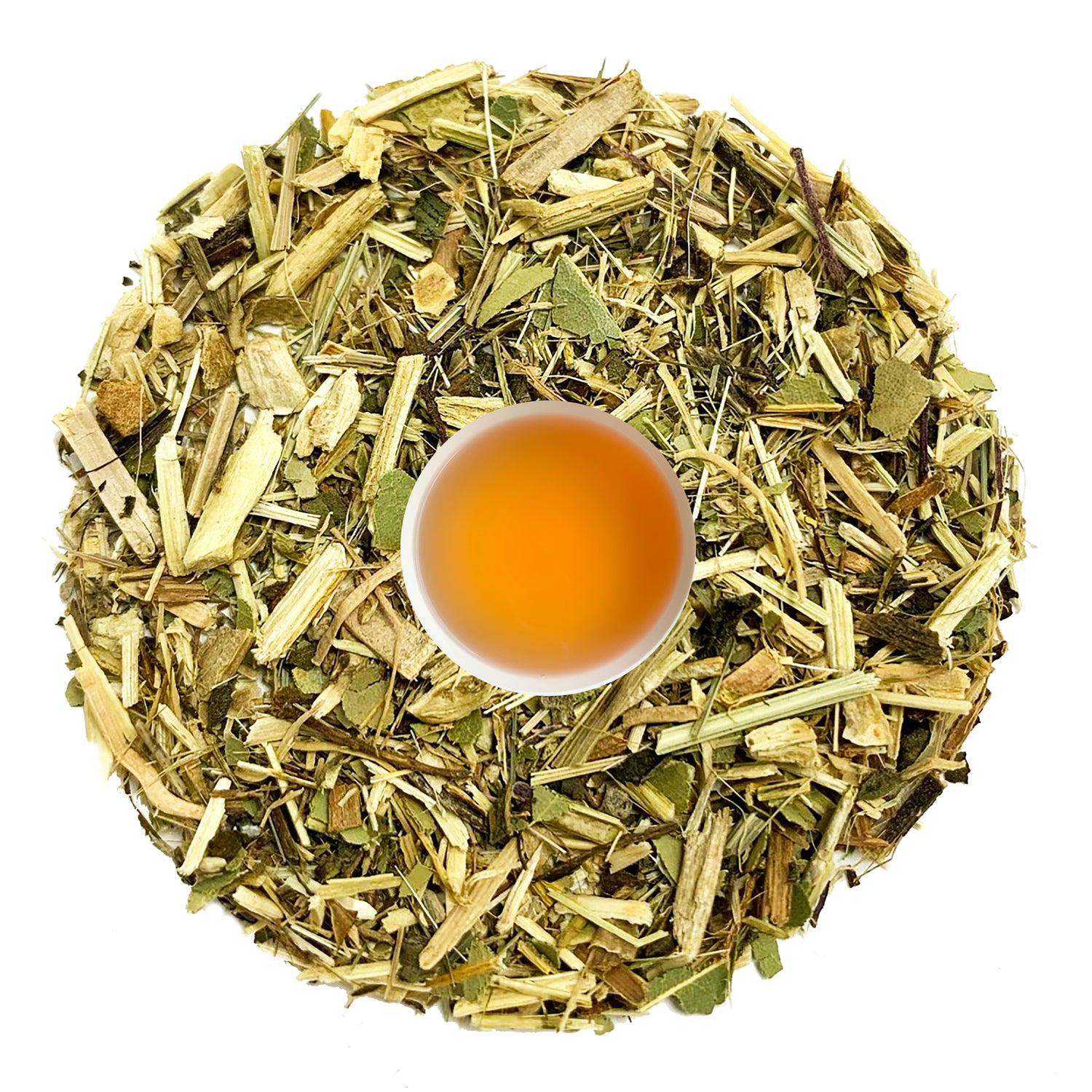
How to Brew Perfect Green Tea Every Time
Crafting the perfect cup of green tea can be tricky. Many tea lovers struggle with getting the temperature and steeping time just right, leading to less-than-ideal flavors. In this guide, readers will learn essential brewing techniques, tips to enhance flavor and aroma, and common mistakes to avoid. By following these steps, anyone can elevate their green tea experience, enjoying all the health benefits and delightful tastes it offers. Whether you're a novice or an experienced tea drinker looking to refine your skills, this post will help solve common brewing dilemmas.
There is no single "right" way to brew tea—only the way that brings you the most joy. While traditional methods provide guidance, true discovery happens when you experiment and let your own preferences shape your tea ritual.
Try adjusting the amount of tea, steeping time, and water temperature to unlock flavors that truly resonate with you. Whether you prefer a bold and robust infusion or a delicate, aromatic sip, the perfect brew is the one that makes you fall in love with every cup. After all, tea is not just a drink—it’s an experience waiting to be explored.
Understanding the Essentials for Brewing Green Tea
Identifying quality green tea leaves, what does green tea taste like, choosing the right water for brewing, and using the right tools for preparation are crucial for learning how to brew green tea effectively. Each of these elements plays a role in achieving the perfect flavor and aroma, whether one prefers traditional varieties like hōjicha or bottled tea options. Understanding these essentials will significantly enhance the tea experience.
Identifying Quality Green Tea Leaves
Identifying quality green tea leaves is essential for brewing the perfect cup. When selecting leaves, look for vibrant colors and an aroma that hints at freshness. High-quality green tea is typically made from the Camellia sinensis plant and often prepared using tools like a kyūsu, which allows for precise control over brewing. Avoid leaves that appear dull or have an off-putting smell, as these may indicate lower quality. Additionally, consider how the leaves react to different preparation methods; for instance, some varieties can create tasty herb-infused beverages when steeped in tap water, while others may shine in cold brew coffee applications.
Choosing the Right Water for Brewing
Choosing the right water is a vital step in brewing delicious green tea. High-quality water not only enhances the tea's flavor but also ensures that it reaches the perfect temperature when using a kettle with a thermometer. For those interested in experimenting with cold brew tea, opting for filtered water can make a significant difference, as it eliminates impurities and unwanted tastes, allowing the subtle notes of the green tea to shine through.
Using the Right Tools for Preparation
Using the right tools for preparation can significantly enhance the green tea brewing experience. A stainless steel kettle is ideal for reaching the perfect water temperature, while a kyūsu or a french press can ensure even extraction of flavors from the Camellia sinensis leaves. For those fascinated by matcha, a whisk can help achieve the right consistency, while knowing how do you use matcha powder can add another layer to your tea enjoyment. Each tool plays its part, bringing out the unique qualities of various teas, whether sipping on delicate green tea or a robust black tea.
| Also Read: how can you make your green tea not taste bitter |
Mastering Brewing Techniques for Perfect Green Tea
Preparing the water to the ideal temperature is crucial for brewing green tea, as it directly influences flavor extraction. Achieving the correct tea-to-water ratio is also important, ensuring a balanced brew. Finally, knowing how long to brew green tea can maximize its aromatic qualities. These techniques are essential for tea enthusiasts looking to brew perfect green tea using loose leaf or herbal tea, ensuring the best experience with each cup.
Preparing the Water to the Ideal Temperature
Getting the water to the right temperature is key for a great cup of green tea. Ideally, water should be heated to around 175°F to 185°F, which helps coax out the delicate flavors without bringing out bitterness. For those using an infuser or a pitcher, a kettle with a thermometer can make this step easy, ensuring that tea enthusiasts don’t have to wonder how long to steep green tea for maximum enjoyment. Proper teaware, like a kyūsu or a traditional teapot, can also enhance the experience by providing the right conditions for flavor extraction, especially if someone is curious about how do I use matcha powder effectively.
Achieving the Correct Tea-to-Water Ratio
Achieving the correct tea-to-water ratio is key for brewing green tea that truly shines. For most varieties, a general guideline is to use about one teaspoon of loose leaves per cup of water, heated just below the boiling point around 175°F to 185°F. This not only brings out the unique flavors of the tea, which can range from sweet to grassy, but it also prevents any bitterness that can surface if the leaves are over-saturated—especially important for tea lovers who also enjoy oolong or other nuanced teas. As users fine-tune their personal preferences, they'll discover what makes green tea taste just right for their palate.
Steeping Time for Maximum Flavor
Finding the right steeping time is essential for brewing green tea, influencing how its flavors develop without introducing unwanted tannin or acidity. For most green teas, including genmaicha, steeping for about two to three minutes is ideal; this time allows the delicate notes to shine in each teacup. Using a spoon to measure the loose leaves can help achieve consistency, ensuring every brew enhances the unique characteristics of the tea, making each sip a delightful experience.
| Also Read: how to make the perfect cup of loose leaf tea |
Enhancing Flavor and Aroma in Green Tea
Flavoring green tea can elevate the brewing experience, whether using options like lemon or infusing with herbs. Freshness plays a key role in taste—using vibrant leaves can significantly enhance the aroma and flavor profile. To master these elements, knowing how to make matcha powder and understanding how long to steep green tea will certainly help in crafting the perfect cup.
Options for Flavoring Your Green Tea
Flavoring green tea opens up a world of delightful possibilities. For those who enjoy a hint of sophistication, adding a slice of citrus, like lemon, can brighten the tea without overwhelming its delicate flavors. Alternatively, using high-quality earl grey tea can introduce an aromatic bergamot essence that complements the natural notes of green tea beautifully. It’s also worth considering herbal infusions; adding fresh mint or a drop of honey can enhance the brewing experience and balance any astringent qualities. Experimentation is key, so feel free to try different flavor combinations at room temperature after brewing to find the perfect match that fits personal preferences when shopping for a new addition for the tea cart.
Understanding the Role of Freshness in Taste
Freshness plays a pivotal role in the taste of green tea, influencing not just its overall flavor but also the sweetness experienced in each sip. For instance, when brewing premium varieties like gyokuro, the vibrant leaves release distinct aromas and flavors that can be lost if the tea is stale. Whether enjoyed hot in a mug or transformed into refreshing iced tea, using fresh green tea leaves ensures the unique taste and subtle notes shine through, enriching the overall tea experience.
Common Mistakes to Avoid When Brewing Green Tea
Brewing green tea can be tricky, and several common mistakes can ruin the experience. Using water that’s too hot or cold affects the flavor, while oversteeping or understeeping the tea can lead to bitterness or weak taste. Proper storage of green tea is crucial to maintain freshness. Each of these aspects plays a vital role in achieving the right ratio and flavor, whether it’s sencha or another variety.
Using Water That’s Too Hot or Cold
Using water that’s too hot or too cold can lead to disappointing results when brewing green tea, impacting its umami flavors and overall enjoyment. The ideal temperature for green tea typically ranges from 175°F to 185°F; going above this can mute the delicate taste and bring out unwanted bitterness, while cooler water may not extract all the lovely minerals and natural sweetness, leaving the brew flat. A quick check on how long green tea should steep—around two to three minutes—helps ensure that flavors, including any floral notes from varieties like jasmine, develop optimally without losing their charm.
Oversteeping or Understeeping the Tea
Oversteeping or understeeping green tea can dramatically affect its flavor profile, leading to unexpected results. Brewing tea for too long often results in a bitter taste, while a shorter steeping time may leave a weak flavor, failing to showcase the tea's unique characteristics. A good rule of thumb is to aim for a weight of about one gram of green tea leaves per ounce of water and to steep for around two to three minutes. Using a sieve can help catch any loose leaves for a clean cup, allowing tea lovers to enjoy every sip without the bitterness of overextraction or the dullness of a hastily brewed beverage.
Improper Storage of Green Tea
Improper storage of green tea can significantly diminish its freshness and flavor. It’s essential to keep green tea leaves in an airtight container, away from light, heat, and moisture, which can lead to stale tea and a lackluster brew. For tea enthusiasts looking to get the most out of every cup, properly storing their green tea ensures that the vibrant flavors and delicate aromas are preserved, allowing for a delightful tea experience each time they brew.
Exploring Different Types of Green Tea
Green tea enthusiasts will appreciate the diversity found in popular varieties, each boasting unique characteristics. This section highlights notable types such as sencha, matcha, and gyokuro, showcasing how their distinct flavors and aromas enhance the brewing experience. Additionally, understanding regional differences in green tea, from Japan to China, helps create a richer appreciation for this beloved beverage.
Popular Varieties of Green Tea and Their Unique Characteristics
When it comes to green tea, each variety offers a unique journey for the taste buds. For instance, sencha, one of the most popular types, provides a grassy flavor profile that many tea drinkers love, while gyokuro is known for its sweet, umami qualities that come from shading the leaves before harvest. Matcha stands out as well, as its vibrant green powder brings a creamy texture and rich taste when whisked, making it perfect for those looking to enjoy a mindful tea experience. Understanding these differences helps tea lovers choose the right type for their brewing preferences, leading to better enjoyment of their favorite beverage.
Understanding Regional Differences in Green Tea
Understanding regional differences in green tea can greatly enhance the brewing experience. Teas from Japan, like matcha and sencha, often have grassy and umami flavors due to the specific growing conditions and processing methods. In contrast, Chinese green teas, such as Longjing, offer a nutty and slightly sweet profile, showcasing the diverse flavors available in green teas from different origins. Knowing these subtleties not only helps in brewing the perfect cup but also allows tea enthusiasts to appreciate the distinct characteristics that each region contributes to their favorite beverage.
Tips for Enjoying Green Tea Fully
Pairing food with green tea can elevate the enjoyment of both, making meals more delightful. Brewing green tea for friends and family not only allows for shared experiences but also introduces them to unique flavors. Techniques for serving and presenting green tea, from teaware selection to aesthetic presentation, can enhance the overall experience, ensuring every cup is a treat.
Pairing Food With Green Tea
Pairing food with green tea can enhance both the dining and tea-drinking experience. Light dishes such as sushi, lightly salted nuts, or fresh salads complement the delicate flavors of green tea beautifully, allowing the tea's unique notes to shine through. By choosing the right foods, tea enthusiasts can enjoy a balanced meal where the freshness of green tea elevates the overall taste, making every sip and bite more enjoyable.
Brewing Green Tea for Friends and Family
Brewing green tea for friends and family can transform a casual gathering into a memorable experience. By using quality loose-leaf tea and following the perfect brewing techniques, everyone can enjoy vibrant flavors while sharing moments together. Offering a variety of options, like gyokuro or matcha, allows guests to see the diversity in green tea, making the experience interactive as they find their preferred flavor and aroma.
Techniques for Serving and Presenting Green Tea
Serving and presenting green tea can create a more enjoyable experience for everyone involved. Using elegant teaware, like a teapot or delicate cups, adds an element of sophistication while allowing the tea’s colors to shine. Additionally, pouring the tea with care not only showcases its beauty but also invites guests to appreciate the aroma and flavor, enhancing their overall enjoyment of the brew.
Conclusion
Mastering the art of brewing green tea ensures a delightful experience with every cup. By focusing on quality leaves, optimal water temperature, and precise steeping times, tea enthusiasts can unlock the full potential of each variety. Understanding the unique characteristics of different teas enhances appreciation and enjoyment. Ultimately, these techniques empower individuals to create memorable tea moments, bringing joy and satisfaction to their daily rituals.
FAQs
1. What is the ideal water temperature for brewing green tea?
Green tea should be brewed at 175°F to 185°F to avoid bitterness and extract the best flavors.
2. How long should I steep green tea?
Steep green tea for 2-3 minutes to achieve a balanced taste without overpowering bitterness.
3. What type of water should I use for brewing green tea?
Use filtered or spring water to enhance the tea’s natural flavors and avoid impurities.
4. How can I prevent my green tea from tasting bitter?
Avoid oversteeping, use the correct water temperature, and maintain the right tea-to-water ratio.
5. What are some ways to enhance the flavor of green tea?
Add lemon, honey, fresh mint, or herbs to complement green tea’s natural taste.
6. What is the best way to store green tea for freshness?
Store in an airtight container, away from light, heat, and moisture to preserve flavor.
7. What are the different types of green tea?
Popular types include Sencha, Matcha, Gyokuro, Longjing, and Hōjicha, each offering unique flavors.
8. Can I cold brew green tea?
Yes, cold brewing enhances the sweetness and reduces bitterness. Steep in cold water for 6-8 hours.
9. Does the brewing vessel impact the taste of green tea?
Yes, using a kyūsu (Japanese teapot), Gaiwan, or glass teapot can bring out different flavor notes.
10. Can I reuse green tea leaves for multiple brews?
Yes, most high-quality green teas can be steeped 2-3 times, adjusting the steeping time slightly.

